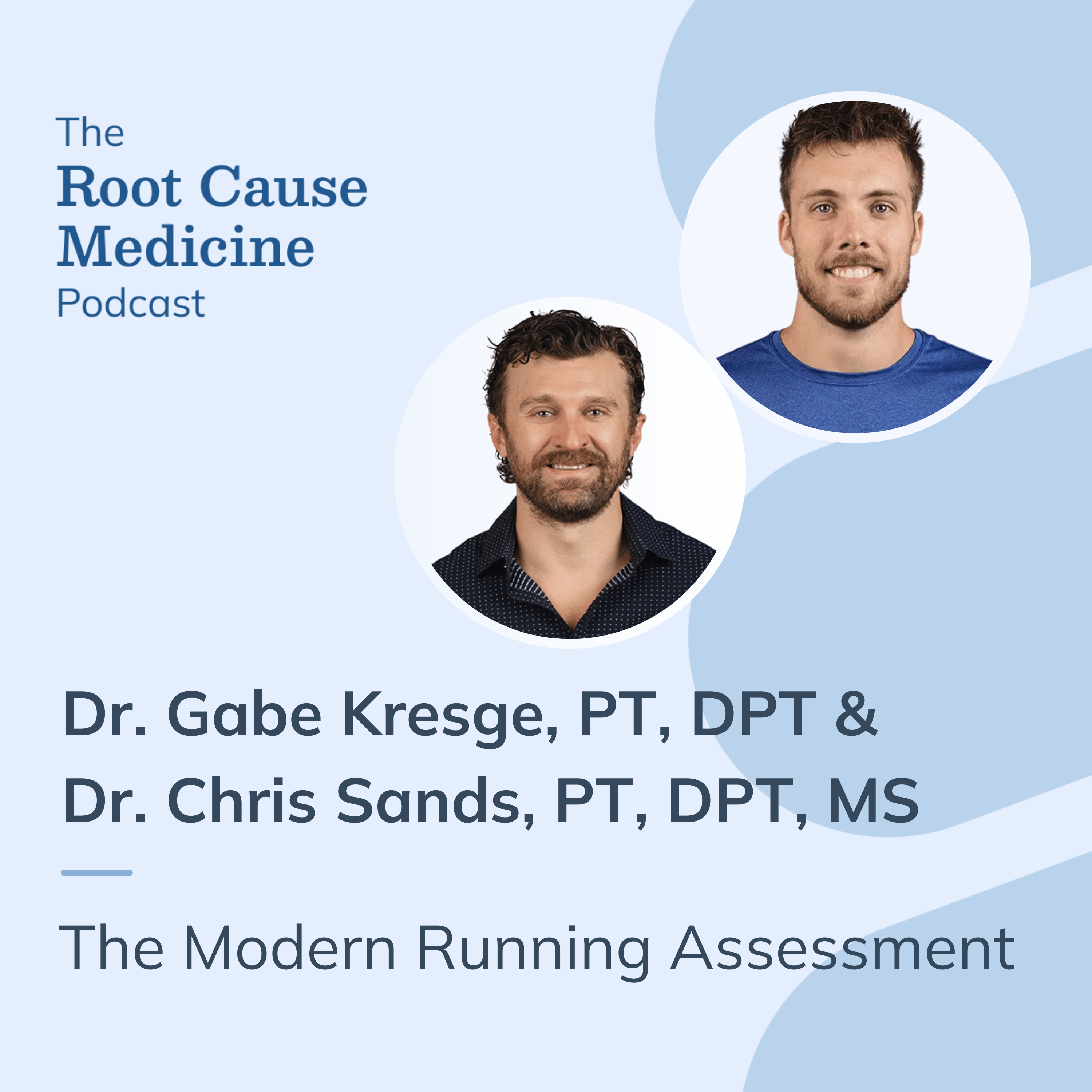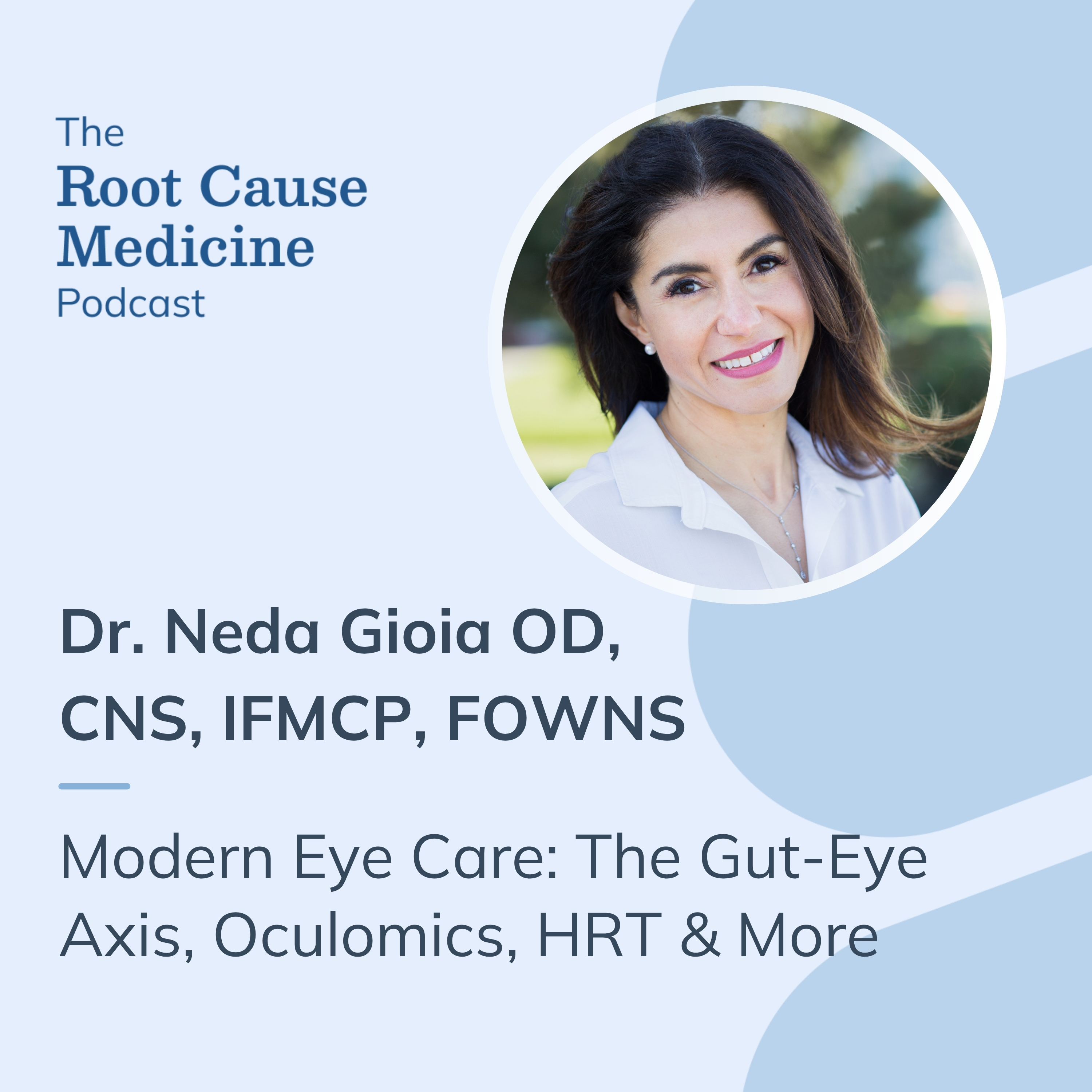Leukemia includes diverse blood cancers with varying biological and clinical characteristics.
Acute lymphoblastic leukemia (ALL) progresses rapidly and requires timely evaluation. Although it primarily affects children, ALL also occurs in adults, with more complex disease presentations.
T-cell acute lymphoblastic leukemia (T-cell ALL) is a less common subtype with distinct genetic features. This article reviews key aspects of T-cell ALL, focusing on clinical presentation, diagnostic considerations, and current management approaches.
[signup]
What is T-Cell Acute Lymphoblastic Leukemia?
Leukemia refers to cancers of the blood and bone marrow characterized by uncontrolled proliferation of abnormal white blood cells. ALL is distinguished by the rapid expansion of immature lymphoblasts, which impairs normal blood cell production. Malignant cells in ALL arise from either B-cell or T-cell lymphoid lineages.
T-cell ALL develops from malignant immature T-cell precursors. Its genetic and clinical features differ from those seen in B-cell ALL.
Differences Between T-cell ALL and B-cell ALL
Clinically, T-cell ALL often presents with high white blood cell counts and mediastinal masses due to thymic involvement. CNS involvement is observed in a significant proportion of cases at diagnosis. These factors influence diagnostic and management considerations.
Epidemiology and Prevalence
T-cell ALL accounts for approximately 15–25% of all ALL cases globally. Incidence varies by region and is influenced by genetic, environmental, and demographic factors. Although less common than B-cell ALL, T-cell ALL is associated with more aggressive disease features.
T-cell ALL primarily affects adolescents and young adults ages 15 to 39, but it can occur at any age. T-cell ALL occurs more frequently in males and is less common in younger children compared with B-cell ALL. These demographic patterns can affect clinical presentation and guide diagnostic and management decisions.
Causes and Risk Factors of T-Cell Acute Lymphoblastic Leukemia
Research continues to explore the risk factors that may contribute to the development of T-cell ALL. Genetic and environmental influences are believed to play roles, though exact mechanisms are not fully established.
Genetic Factors
Genetic alterations frequently observed in T-cell ALL help characterize its biological profile. Common abnormalities include mutations in the NOTCH1 gene, deletions of CDKN2A/B, and rearrangements involving the TAL1 gene. These changes are associated with malignant T-cell precursors' abnormal proliferation and survival.
Most T-cell ALL cases appear sporadic, without clear hereditary links. However, rare familial cases suggest that inherited genetic predispositions might occasionally influence susceptibility.
Environmental and Lifestyle Factors
Exposure to environmental agents has been linked to an increased risk of developing leukemia in general. For T-cell ALL, radiation exposure, whether from medical treatments or environmental sources, and contact with certain chemicals, such as benzene, have been investigated as potential risk factors. The evidence remains limited but highlights the need for careful consideration of environmental influences.
Lifestyle factors such as smoking or diet have not been strongly associated with T-cell ALL specifically, though they may impact overall cancer risk profiles.
Recent studies have begun to explore additional risk factors, including novel genetic variants and immune system influences that may contribute to T-cell ALL development. Ongoing research continues to examine the interaction between genetic susceptibility and environmental triggers.
Recognizing the Symptoms of T-Cell Acute Lymphoblastic Leukemia
Identifying symptom patterns can support clinical evaluation of T-cell ALL and help guide appropriate diagnostic assessments.
Common Symptoms
Fatigue and weakness often result from anemia caused by decreased production of healthy red blood cells. Patients may report reduced exercise tolerance and generalized tiredness, which can interfere with daily activities.
Due to decreased functional white blood cells, frequent infections and unexplained fevers are also common. These infections may be recurrent or unusually severe compared with typical illnesses.
Advanced and Rare Symptoms
Lymphadenopathy and splenomegaly often develop as the malignant cells accumulate in lymphoid tissues. These physical findings can present as noticeable edema in the neck, underarms, or abdomen.
Less commonly observed neurological symptoms can arise if leukemic cells infiltrate the central nervous system. These may include headaches, seizures, or altered mental status.
Symptom Variations Across Age Groups
Pediatric patients tend to present with rapidly developing symptoms, such as fatigue, fever, and bone pain. Younger children may also show irritability or reduced appetite.
Adults with T-cell ALL may have a broader range of symptoms. Respiratory difficulties linked to mediastinal masses and neurological signs may be more common in this population. Early symptoms might be less pronounced, making clinical vigilance necessary.
Diagnostic Procedures for T-Cell Acute Lymphoblastic Leukemia
Diagnosing T-cell ALL requires an integrated approach, combining clinical assessment, laboratory analysis, and molecular profiling to support accurate classification.
Initial Screening and Tests
A complete blood count (CBC) often reveals abnormalities such as leukocytosis or leukopenia, anemia, and thrombocytopenia. Peripheral blood smears may show circulating lymphoblasts. These immature cells are typically large, with a high nuclear-to-cytoplasmic ratio and prominent nucleoli. Their presence may suggest an acute leukemic process.
Physical findings include lymphadenopathy, splenomegaly, or signs of mediastinal involvement such as decreased breath sounds or chest discomfort. A detailed clinical history, including constitutional symptoms, recent infections, and any family history of hematologic conditions, helps refine the clinical assessment and guide further diagnostic evaluation.
Advanced Diagnostic Techniques
Bone marrow aspiration and biopsy remain central to confirming T-cell ALL. A blast count exceeding 20% generally supports diagnosis. Morphologic evaluation is complemented by immunophenotyping, distinguishing T-lineage from other lymphoid malignancies.
Flow cytometry identifies characteristic T-cell markers such as CD2, CD3, CD5, and CD7, with variable CD1a, CD4, and CD8 expression. These profiles differentiate T-cell ALL from B-cell subtypes or non-lymphoid conditions.
Diagnostic evaluation requires integration of clinical, laboratory, and molecular data.
Genetic and Molecular Testing
Genetic and molecular analyses contribute additional layers of diagnostic precision. Techniques such as PCR, FISH, and next-generation sequencing can identify rearrangements or mutations, including those involving NOTCH1, CDKN2A/B, and TAL1. These findings help define disease characteristics and may inform clinical decision-making strategies.
Treatment Options for T-Cell Acute Lymphoblastic Leukemia
T-cell ALL is addressed using a range of conventional and evolving therapeutic strategies. Management is tailored based on age, disease biology, and individual patient factors.
Conventional Treatment Modalities
Chemotherapy protocols for T-cell ALL typically follow a multi-phase approach that includes induction, consolidation, and maintenance. Commonly used agents are vincristine, corticosteroids, anthracyclines, and asparaginase. Central nervous system involvement is addressed prophylactically, most often through intrathecal chemotherapy as part of standard protocols.
Radiation therapy is used selectively, such as in cases with mediastinal involvement or CNS disease that does not respond adequately to other interventions. Its use is generally limited due to concerns about long-term toxicity, particularly in pediatric populations.
Targeted and Advanced Therapies
Research into immunotherapies for T-cell ALL is ongoing. CAR-T cell therapy faces challenges because malignant and healthy T cells share target antigens. Investigational strategies include bispecific T-cell engagers and immune checkpoint inhibitors. Targeted therapies aimed at pathways such as NOTCH1 signaling and CDK activity are also being studied.
Outcomes following relapse remain challenging, mainly due to leukemia stem cells that resist chemotherapy and sustain the disease. Emerging research into targeting mitochondrial function, a vulnerability of these stem cells, offers potential. Mitocans, drugs that interfere with mitochondrial activity, have shown activity in preclinical studies. Clinical relevance remains under investigation.
Integrative and Complementary Approaches
Supportive care complements disease-directed therapies. Nutritional guidance can help address appetite loss, gastrointestinal issues, or nutrient depletion associated with intensive regimens. Collaboration with healthcare providers ensures that dietary intake supports recovery and treatment tolerance.
Among nutritional supplements under study, Moringa oleifera is a nutrient-rich plant whose leaf protein has shown effects on Jurkat T-cell ALL cells in laboratory settings. These effects include modulation of apoptosis, cell cycle progression, and autophagy, potentially linked to the MAPK/AKT signaling pathway. Findings are preliminary and do not support clinical recommendations at this time.
Complementary therapies may include meditation, counseling, and gentle physical activity. These approaches can support patients' emotional well-being and help manage stress and fatigue. They may enhance quality of life alongside standard treatments without replacing conventional care.
Treatment Based on Age and Demographics
Pediatric patients often receive intensive protocols based on clinical guidelines and individual tolerance. Long-term monitoring is emphasized due to the risk of late effects.
Adults often present with additional disease features or comorbid conditions that may influence clinical decision-making. Treatment regimens are typically adjusted based on functional status, tolerance to therapy, and individual patient needs. Older adults, in particular, may benefit from modified approaches that balance efficacy with safety and quality of life considerations.
Prognosis and Outcomes for T-Cell Acute Lymphoblastic Leukemia
Prognosis in T-cell ALL includes survival data, influencing factors, and ongoing patient management.
Survival Rates and Statistics
Five-year survival rates for T-cell ALL have improved substantially in recent decades due to advancements in treatment protocols and supportive care.
Survival outcomes vary according to patient-specific factors such as age at diagnosis, initial white blood cell count, genetic mutations, and response to therapy.
Studies suggest that adult T-ALL patients often face challenges with treatment resistance and relapse. Pediatric patients generally exhibit better survival than adults, reflecting differences in disease biology and treatment tolerance.
Long-Term Management and Follow-Up Care
Monitoring after initial treatment includes regular clinical assessments, laboratory testing, and imaging as needed to detect potential relapse. Managing long-term effects of treatment, such as cardiotoxicity, neurocognitive changes, or secondary malignancies, is an integral part of follow-up care. Effective communication among oncology, primary care, and specialty services supports comprehensive management.
Global Perspectives on T-cell ALL
T-cell ALL presents notable differences across regions in terms of incidence, access to care, and treatment outcomes. These disparities influence clinical practices and have prompted greater international coordination in research and care strategies.
Incidence rates tend to be higher in parts of Asia than in North America and Europe. Regional variation in diagnostic tools, reporting systems, and healthcare infrastructure can contribute to under- or overestimation in certain settings. Access to specialized diagnostics and therapies differs significantly between higher and lower resource settings, affecting the timeliness and scope of care.
Socioeconomic factors such as financial constraints, transportation barriers, and limited provider access can affect treatment continuity, particularly in underserved communities. Cultural beliefs and health literacy influence treatment decisions and adherence. Tailored education and outreach efforts may improve engagement with medical care in diverse populations.
Global research partnerships have advanced shared data initiatives and multicenter clinical trials. These collaborations support the development of consistent care models to reduce disparities in diagnosis and treatment.
[signup]
Key Takeaways
- T-cell acute lymphoblastic leukemia is a rare, aggressive leukemia subtype with distinct clinical and molecular features. It primarily affects adolescents and young adults, but can occur at any age. Compared to B-cell ALL, it is less common in younger children. Adults with this subtype often have a more complex clinical course with varied treatment responses.
- Diagnostic evaluation relies on hematologic studies, immunophenotyping, and molecular testing to guide clinical assessment.
- Treatment generally involves multi-phase chemotherapy, emerging targeted therapies, and supportive care tailored to patient age, disease characteristics, and tolerance. Prognostic factors vary and influence clinical planning.
- Integrative care, including nutritional support and mind-body strategies, may complement medical treatment. These approaches may support overall well-being, symptom management, and quality of life during intensive therapy.
- Ongoing research and patient support remain essential. Practitioners are encouraged to stay informed, contribute to knowledge-sharing, and explore additional resources to support evidence-informed care.












%201.svg)







